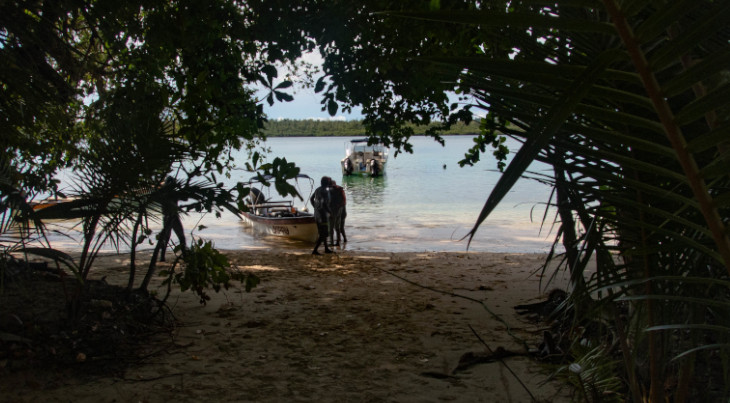In general, the accepted wisdom is that photo (with strobes) is better than video for photogrammetry. There are good reasons for this – the strobes give off richer and more powerful light, so the shots are more crisp.
When push comes to shove, the photogrammetry algorithm is based off matching points on photos so the sharper the better.
However,
on some recent dives, where the viz was bad (plane wreck near mangroves) and there were many small fish swarming around, I resorted to video. The only option was to get up close and personal as turning the strobes up was just illuminating the haze - so the premise was that being able to extract many extra frames from video might help the software to rationalise and ignore what the experts refer to as ‘bio-clutter’.
- This produced pleasantly surprising results.
The sheer quantity of images from the video makes these models work efficiently.
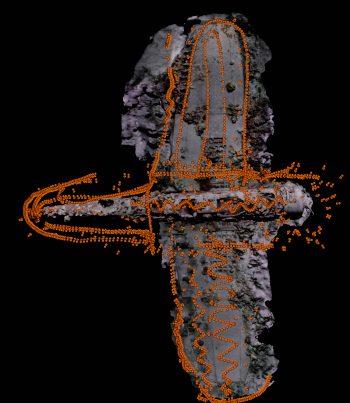
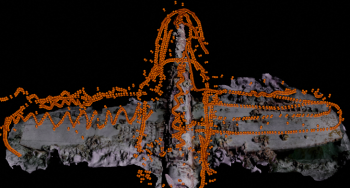
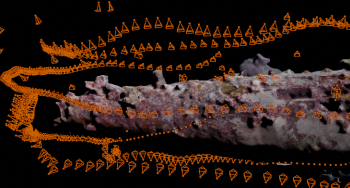
This leads into a general discussion on which systems to use under various circumstances – not just the camera but the post processing approach.
It is an ongoing study but I am definitely leaning towards camera and strobe for the larger models (where possible) and potentially video for some of the smaller scenarios.
Caveat 1:
Twin 15,000 Lumen lights were used on the video
The logic for the wreck where I tried this was that I needed to walk away with something. The previous attempt had not worked that well so the concept was to have high-res vid (Ultra HD) with super bright lights so that extra frames could be extracted for specific areas.
This would require some effort but having the option available as well as the usual techniques for manually stitching models gave more confidence in the alignment succeeding.
As it happened, there was very little manual work needed – with 4 frames per second extracted (a little over 5,000 photos), the system worked.
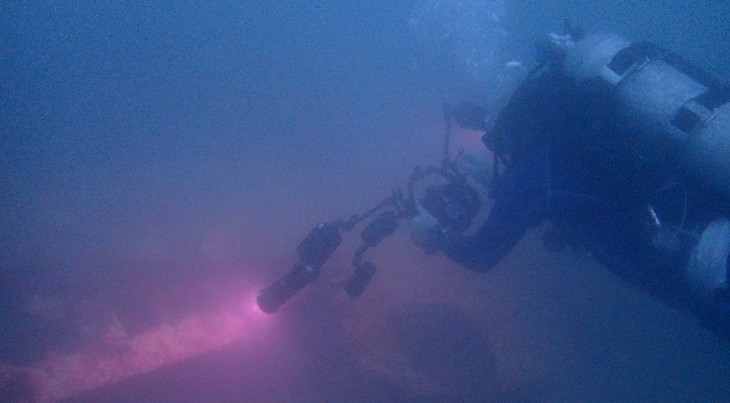
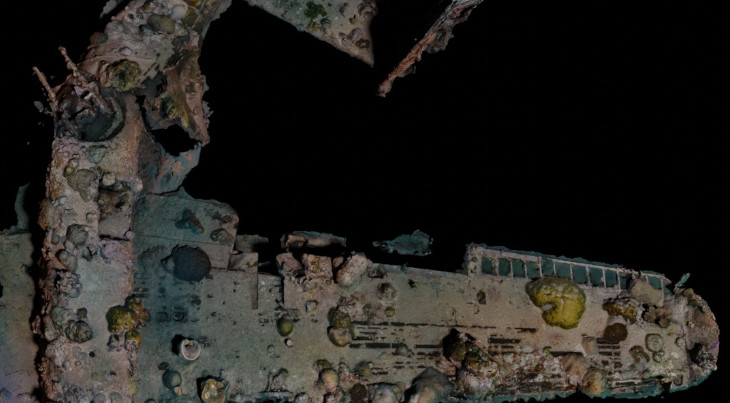
Caveat 2 - Capturing all this in high res vid produces very large files which are ultimately extracted into many many images - there are demands on storage space.
The summary at this stage though is maybe don’t discard video completely from the process - especially for smaller models and also note that a gopro (with good lights) can be useful for getting close to objects without risking a scratch on the dome of the expensive camera.
As always - do not discard the photos/videos used to create the models - as the software becomes more sophisticated, it will be possible to generate more from these.
